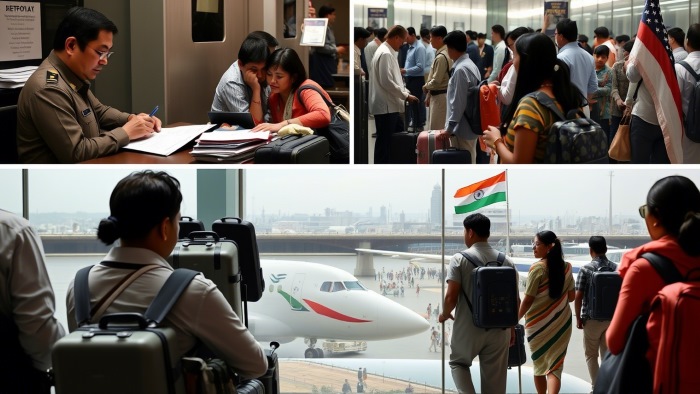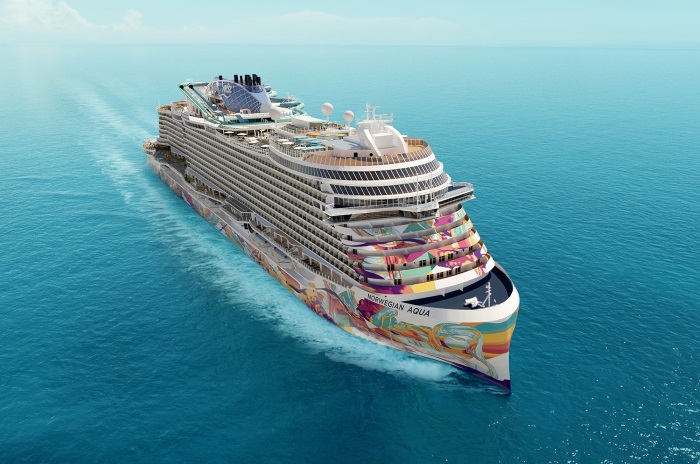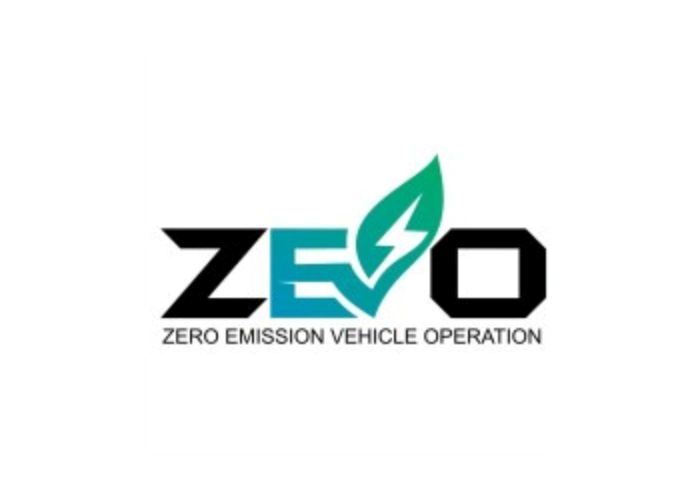The arrival of a US military aircraft in Amritsar today, carrying 104 Indian Immigrants deported for illegal entry into the United States, has cast a spotlight on the complexities of migration, bilateral relations, and the intertwined future of tourism and legal travel between India and the US. As President Donald Trump’s administration intensifies immigration enforcement, the incident underscores the need for reinforcing lawful pathways for travel while addressing challenges that could impact broader people-to-people ties .
The Deportation Flight: Key Details
A US Air Force C-17 Globemaster, typically used for military logistics, landed at Amritsar’s Sri Guru Ramdas Ji International Airport on February 5, marking the first such deportation flight to India under Trump’s renewed immigration crackdown. The deportees, primarily from Punjab, Gujarat, and Haryana, had entered the US illegally via “donkey routes” or overstayed visas, often paying exorbitant sums to agents .
- Demographics: The group included 25 women, 12 minors, and 48 individuals under 25, reflecting a trend of youth seeking opportunities abroad .
- Costs and Logistics: Deportation via military aircraft is costly—estimated at $28,500 per hour for a C-17—compared to commercial alternatives, signaling the administration’s symbolic emphasis on deterrence.
Impact on India-US Tourism and Migration
While tourism is not the direct focus of deportation, the incident highlights critical issues affecting travel and mobility:
- Legal Pathways vs. Illegal Risks: Punjab’s NRI Affairs Minister Kuldeep Singh Dhaliwal criticized the deportations but urged citizens to pursue education and skills for legal migration, emphasizing opportunities in sectors like tech, healthcare, and hospitality that align with US demand .
- Visa Scrutiny and Tourism Relations: Stricter US immigration policies could lead to heightened visa vetting for Indian applicants, potentially affecting legitimate tourists, students, and professionals. However, India’s cooperation in accepting deportees may foster trust, ensuring smoother processing for lawful travellers .
- Economic Contributions: Indian tourists and temporary workers contribute significantly to the US economy. In 2024, over 1.5 million Indians visited the US, spending $16 billion on education, tourism, and services. Conversely, the US remains a top source of foreign tourists to India, with 1.3 million American visitors in 2023 .
Diplomatic Context: Modi’s Upcoming US Visit
Prime Minister Narendra Modi’s scheduled visit to Washington on February 12–14 offers an opportunity to address migration and tourism holistically. Key agenda items include:
- Strengthening Strategic Ties: Discussions on Quad security partnerships and defense deals may extend to visa facilitation for skilled workers and students, benefiting sectors like IT and engineering .
- Trade vs. Travel: While Trump seeks “fair” trade terms and tariffs, both leaders aim to preserve people-centric collaborations. Modi’s emphasis on “mutually beneficial partnerships” could pave the way for streamlined visa processes and expanded tourism marketing .
Lessons for Future Travellers
The deportation episode serves as a cautionary tale:
- Avoiding Illegal Routes: Aspiring migrants are urged to shun risky “donkey routes” and instead leverage India’s skill-development programs, such as those in Punjab, to qualify for US work visas or the H-1B lottery .
- Government Initiatives: India’s External Affairs Ministry is enhancing consular support to educate citizens on legal migration, while state governments plan to establish pre-departure training centers .
Balancing Enforcement with Opportunity
The deportation flight underscores a pivotal moment for India-US relations. While Trump’s policies prioritize border security, India’s proactive stance on legal migration and tourism collaboration could turn challenges into opportunities. By fostering education, skill development, and diplomatic dialogue, both nations can ensure that their shared focus on security does not overshadow the immense potential of lawful travel and cultural exchange.
As PM Modi prepares to meet Trump next week, the world will watch whether this chapter strengthens the bridge between two democracies—or reminds travelers to cross it only through lawful gates.
For further details on deportation procedures or legal migration pathways, refer to official advisories from India’s Ministry of External Affairs or the US Embassy.





